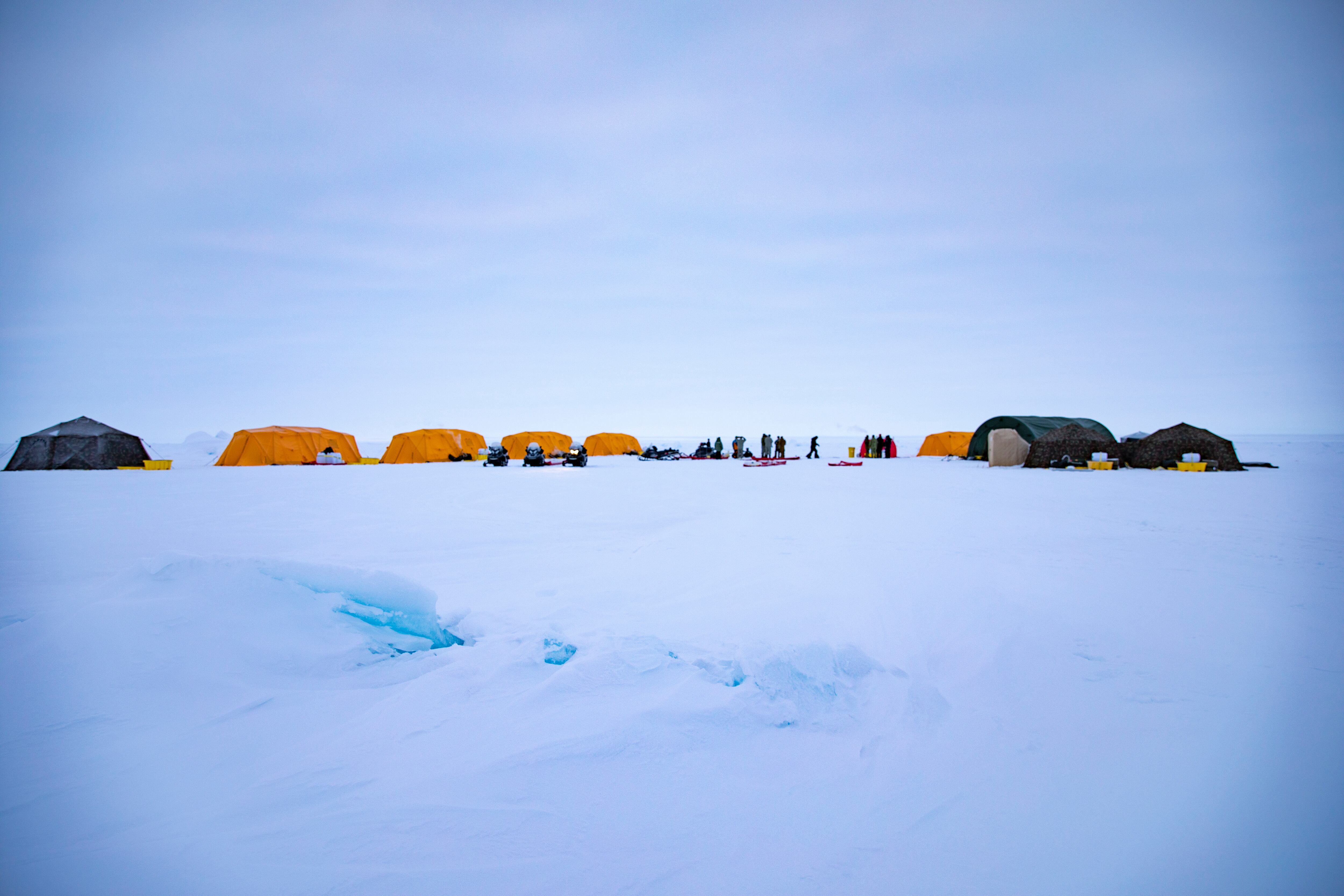The Navy is ramping up its logistics capabilities in the High North and Arctic to better equip ships, submarines, aircraft and expeditionary forces in the region.
Naval Supply Systems Command Fleet Logistics Center Sigonella coordinated for the fleet replenishment oiler USNS Patuxent and amphibious assault ship Kearsarge to deliver cargo and mail to Defence Munitions Crombie in Scotland and Tromso in Norway this month.
“Our port visit at DM Crombie was a first for a ship of our class,” said First Officer Josh Becker, Patuxent’s chief mate, in a Navy news release. “This is significant because it opens up a port on the east coast of Scotland for cargo and stores to service the North Sea area. Previously, our nearest options were in the Firth of Clyde on the west coast, which requires an extra day of transit to and from the North Sea.”
Capt. Douglas MacKenzie, commanding officer of the logistics center in Italy, foresees Defence Munitions Crombie growing into a “logistics center of gravity from which we can better facilitate end-to-end sustainment across Europe’s High North region.”
RELATED

“Our ability to support ships like USNS Patuxent and USS Kearsarge at and from our site in Scotland are two concrete examples of NAVSUP’s expanding capabilities delivering holistic operational readiness to the Fleet where and when our deployed warfighters need it,” MacKenzie said in the release.
The Patuxent and Kearsarge both participated in Exercise Northern Viking 2022 in U.S. 6th Fleet in April. During the exercise, U.S. forces joined up with Iceland and allied nations to focus on handling the challenging environment — on sea and land — in the Greenland, Iceland, United Kingdom gap.
The Navy has escalated its presence in the Arctic and High North in recent years. In 2018, the Harry S. Truman Carrier Strike Group operated in the Norwegian Sea — the first time a U.S. aircraft carrier had entered the Arctic Circle since 1991.
Since Russia’s invasion of Ukraine, tensions have risen in the region. Sweden and Finland, two non-NATO nations, have both indicated their desire to join the alliance in the face of Russian aggression. if so, they would join Norway, Denmark and Iceland in a united Nordic front.
In January 2021, the Navy unveiled its “Blue Arctic” strategy in which it said it “must operate more assertively” in the Arctic. It also cautioned that Russia is reopening old bases and “reinvigorating” regional exercises, and predicted that this will continue in the “decades ahead.” while China steps up its naval activity “on, below and above Arctic waters.”
Former 2nd Fleet commander Vice Adm. Andrew “Woody” Lewis said in August 2021 that the key to preventing the region from becoming a contested space is enhancing partnerships and presence there.
“The Arctic is a cooperative area. But it will only remain a cooperative area if we continue to build those relationships — even with the Russians,” Lewis said at The Navy League’s 2021 Sea-Air-Space Exposition. “We have to work together because the environment is very, very challenging … and the environment is changing.”
